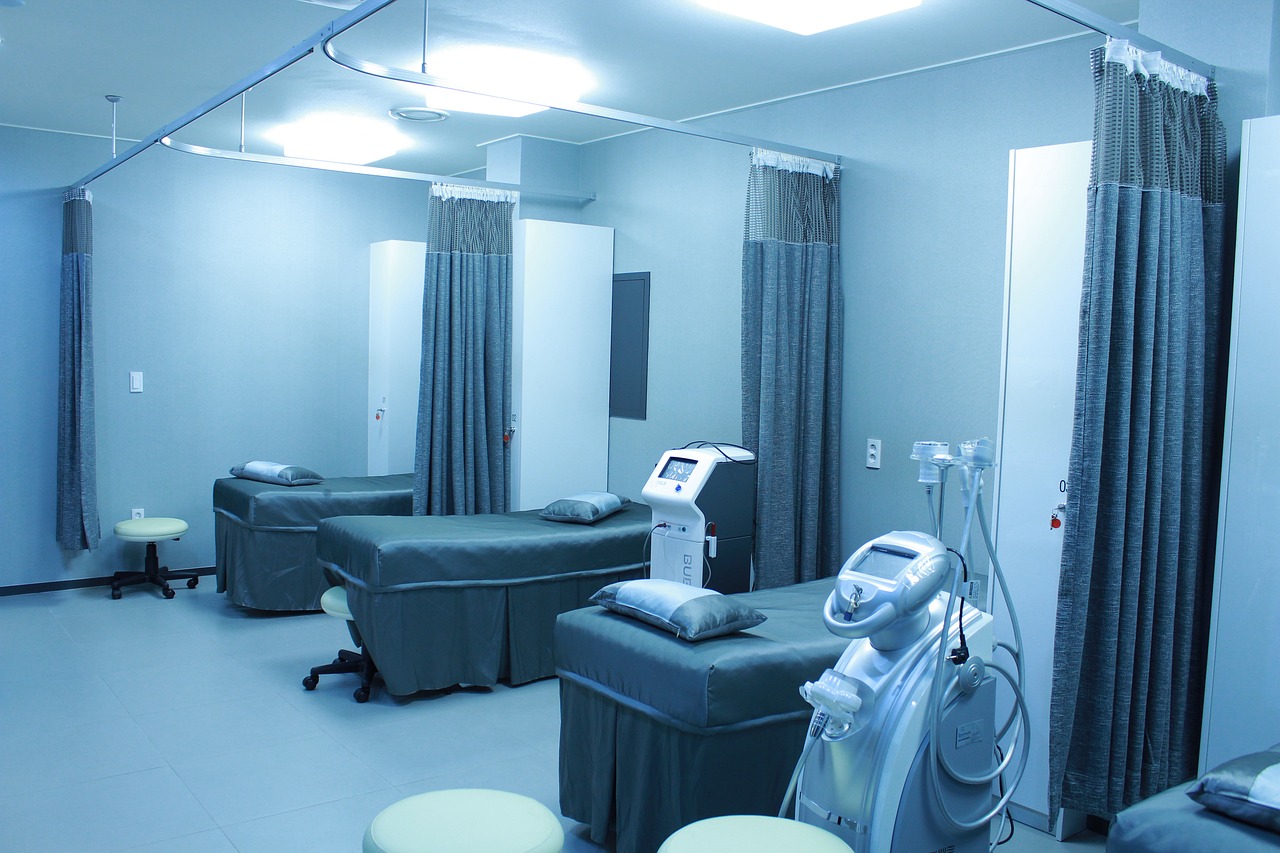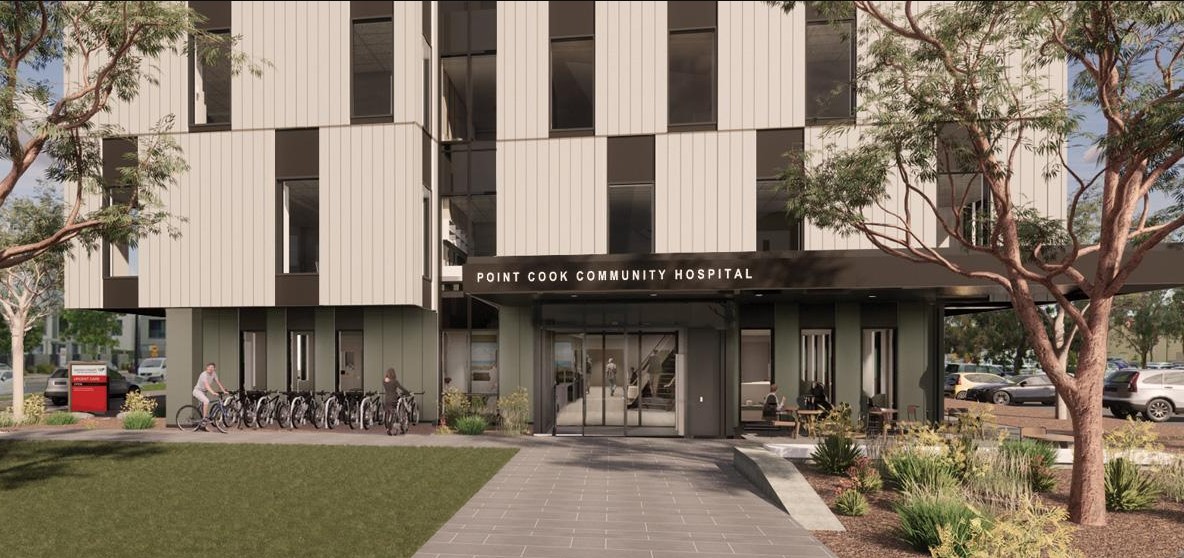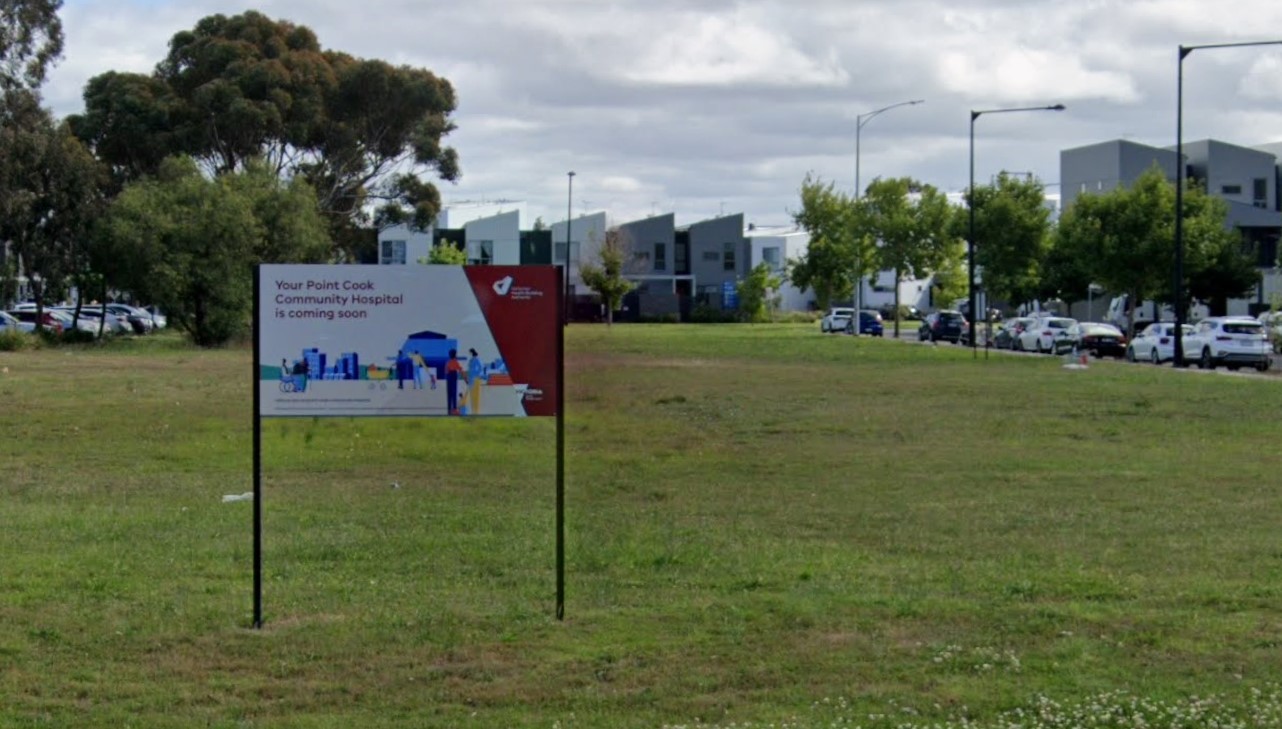15
Aug 2024
Haifa’s Underground Hospital: A Strategic Response to Ongoing Threats
Published in News on August 15, 2024

As regional tensions escalate, Haifa has unveiled a remarkable addition to its emergency infrastructure: an extensive underground hospital, once a car park, now serving as a critical asset in the city's defence strategy. Located beneath the Rambam Medical Center, this facility stands as one of the largest underground hospitals in the world, reflecting the city’s determination to ensure safety amid threats.
A Bold Transformation
The idea of converting a car park into a fortified hospital was conceived after the 2006 Second Lebanon War, a conflict that left a lasting impact on Haifa. During that war, Professor Yael Shachor-Meyouhas, a leading figure in the current facility, experienced the harsh realities of conflict firsthand. She gave birth to her third son in the basement of an older Rambam building, where surgical suites had been hastily repurposed into delivery rooms. This personal experience underscored the need for a more secure medical facility.
The transformation of the car park into a state-of-the-art underground hospital began with a vision to create a space that not only provides medical care but also offers robust protection against potential attacks. The facility, operational since 2014, was financed predominantly through private donations, showcasing the community’s commitment to enhancing the city’s emergency preparedness.
Facility Features and Capabilities
The underground hospital, which spans three floors below ground, is a testament to modern engineering and design. It features various essential medical services, including an intensive care unit, a quiet maternity ward, untouched surgical theatres, and a dedicated children’s play area. This comprehensive setup ensures that the hospital can cater to various medical needs, from emergency surgeries to routine care.
Despite its impressive capabilities, the facility retains traces of its previous use as a car park. Spaces are still marked with dual numbers, indicating both parking spots and corresponding beds. However, the hospital’s cleanliness and organization far exceed what one would expect from a former parking area, highlighting the meticulous planning that went into its conversion.
Readiness and Response
The underground hospital’s readiness is crucial in the face of ongoing threats. The facility is designed to handle a significant influx of patients, with 1,200 beds currently available and potentially treating over 2,200 individuals. At full capacity, it can accommodate up to 5,000 people, including hospital staff and their families.
The facility’s control room has a large screen that provides real-time patient information, bed availability, operating rooms, and critical supplies such as blood, oxygen, water, and fuel. This centralized monitoring system ensures that the hospital can efficiently manage its resources and respond to emergencies.
Strategic Importance and Challenges
Haifa's strategic location, just 30 kilometres from the Lebanese border, makes it a potential target in regional conflicts. The proximity to the border and its significance as a port city amplify the attack risks. Hezbollah’s leader, Hassan Nasrallah, has recently threatened retaliation against Israel, further increasing concerns about the city’s safety.
To address these risks, the city has proactively enhanced its defences. Efforts include the construction of additional bomb shelters and upgrading existing ones, increasing their capacity threefold. Haifa’s emergency director, Yair Zilberman, emphasizes the need for preparedness, noting that past conflicts have demonstrated the potential scale of attacks. In 2006, Haifa endured nearly 100 rocket strikes, resulting in casualties and extensive damage. The city’s current measures aim to mitigate the impact of any future assaults.
Global Comparisons in Hospital Accommodations
In comparing global medical responses, Haifa’s underground hospital stands out, particularly when considering other major cities with advanced healthcare systems. For instance, Melbourne offers high-quality hospital stays with various accommodation options tailored to patient needs. Melbourne hospitals are renowned for their comprehensive care, from private rooms with hotel-like amenities to specialized treatment facilities. This comparison highlights the innovative approach Haifa has taken with its underground hospital, which, like Melbourne’s hospitals, prioritizes patient care but adds a crucial layer of protection in a conflict zone.
Looking Ahead
The underground hospital symbolizes Haifa’s resilience and strategic foresight. Its design and functionality reflect a commitment to safeguarding the city’s residents and providing essential medical services during crises. While the facility’s primary role is to offer protection and care, it also serves as a testament to the broader efforts to enhance the city’s emergency response capabilities.
As tensions continue and the threat of conflict looms, Haifa remains vigilant, continuously adapting its strategies to ensure the safety and well-being of its population. The underground hospital represents not just a physical structure but a critical component of the city’s comprehensive approach to managing and mitigating the impacts of regional instability.
In summary, Haifa’s underground hospital is a pioneering example of how cities can transform existing infrastructure into vital resources for crisis management. With its advanced features and strategic design, the facility exemplifies proactive measures similar to those seen in global cities like Melbourne, demonstrating how innovative approaches to hospital accommodations can effectively address diverse needs in challenging environments.









